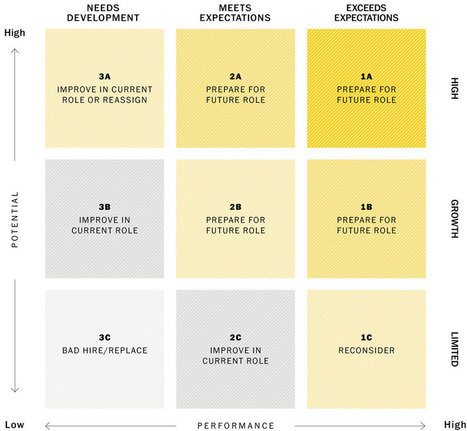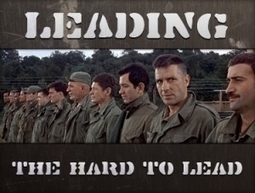The Top Ten Tips for Sharing Your Stories
By Linda Holroyd, CEO, FountainBlue
The Top Ten Tips for Sharing Your Stories
Part of FountainBlue’s Leadership Blog
Every leader has seen and felt this, the desire to share a story in response to a query from another – the look and sound of ‘oh good, a s-t-o-r-y’ from eager eyes and ears crosses all ages, genders, and cultures. And the leader feels the pull, the urgency of the problem, situation or scenario, reflects on why it may be more relevant than the immediate need, contemplates what he or she may share that might be helpful (or who might be more supportive and experienced to address the need), the consequences – good and bad – of doing the sharing, and dives in to tell the tale.
If you buy into the benefits for you and others around you, have seen the growth and benefits and rewards appear before your eyes, and if you’d like to do more story-telling, consider some of the Top Ten guidelines below.
Reflect On Why There’s a Need, and Why Now
1. When someone approaches you and values your input and advice, ask yourself who is this person, what does she/he know about me and my background, why is she/he approaching me now, am I the right person to support this person, and if so, do I have a tale to tell?
2. Be generous with your time, but only if you think through #1 above, and it makes sense to share with this person, and others they will touch. Think that it’s just as much for your own benefit than it is for theirs, and even when it’s not, it’s a task worth doing, an investment worth making.
Make It Feel Real, But Not Personal
3. Your story must be heart-felt, hard-earned, relevant, and personal, even if it did not happen directly to you.
4. Bring your story alive with your non-verbal clues from inflections to gestures, from phrasing to idioms, while being sensitive to the needs of your audience.
Connect the Dots, Without Hitting Them Over the Head
5. Everyone hates a know-it-all, especially if the speaker doesn’t know it all. Remember this especially when you’re sharing a tale. Nobody wants to be preached to, especially by a know-it-all wannabe! (Not that I’m referring to *you* specifically, or anyone else you know.)
6. The best leadership tales help listeners connect the dots between disparate, previously unconnected people, ideas, things. They address the in-your-face issue of today, and generalize to anticipated, expected or desired opportunities of tomorrow. So walk the right balance between helping listeners make the connections and spelling out what the lessons-learned should be, as the best listeners will see far beyond where you think it could go, and could benefit the story-teller in ways unimaginable.
Be Humble and Even Self-Deprecating When Sharing Your Tale
7. We connect with people who are successful *and* human. Someone is reaching out to you out of respect for who and what you are, and think that you have something to share with them. If you are humble, and share your humanness, rather than pointing to your credentials (which is unnecessary in their eyes), they would be more likely to be responsive to your tale.
8. In fact, when you collect a series of tales-to-tell, start with times that you’ve been at your worst. The tales will be the most engaging, humorous *and* healing for you.
Offer Follow-Up and Resources and Support
9. You’ve told a tale. It has sunk in. The other is joyous, pleased, energetic. But don’t stop there. Be there for her or him to follow up and support their journey, from the immediate need, to the path well beyond that.
10. Share resources beyond yourself who could address themes, concerns, networks, and other anticipated interests of the listener, so that your gift keeps on giving, and you’re less likely to be the only avenue of support.
Make a new year’s resolution, a gift to yourself. Tell a tale to someone who needs one, ask for a tale from someone you respect, to address a need that keeps coming back!
 Your new post is loading...
Your new post is loading...
 Your new post is loading...
Your new post is loading...























I love Sheryl Sandberg's thoughts on these Netflix slides: the importance of creativity, value discovery over job security, clarify misunderstandings, unlimited vacation . . .